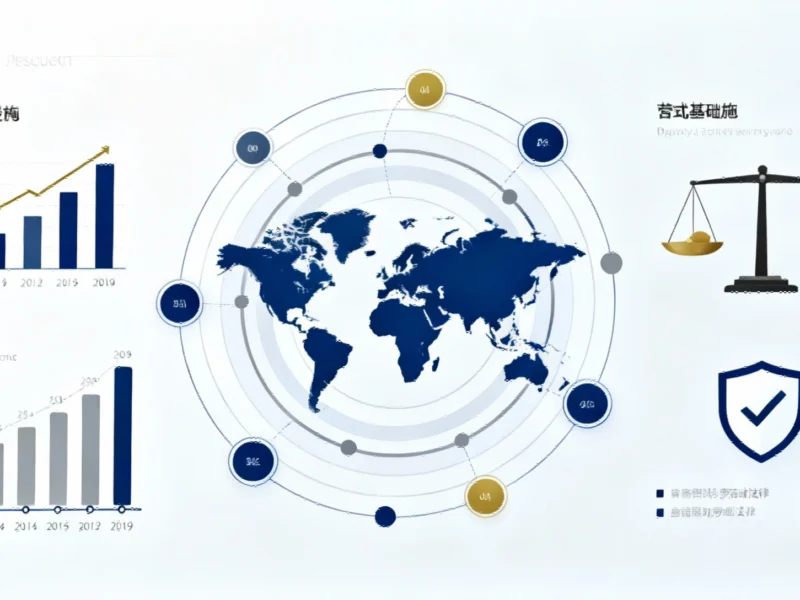According to Utility Dive, wind power purchase agreement (PPA) prices have increased by over $9/MWh since Q3 2024, outpacing solar’s $3.19/MWh rise under the Trump administration. Industry experts cite tariffs, financing constraints, and policy uncertainty as key drivers, with wind facing additional pressure from federal permitting restrictions and corporate demand for 24/7 clean energy. This divergence in renewable energy costs signals broader market shifts that warrant deeper analysis.
Table of Contents
Understanding PPA Market Dynamics
A power purchase agreement represents a critical financing mechanism for renewable energy development, locking in electricity prices for 10-20 years between developers and corporate or utility buyers. The current price divergence between wind and solar reflects fundamental differences in their supply chains and development timelines. Wind projects typically involve more complex international supply chains for turbine components, making them more vulnerable to tariff disruptions than solar, which has seen greater domestic manufacturing investment in recent years. The sustainable energy transition depends heavily on these long-term contracts to secure project financing, making PPA price stability essential for continued growth.
Critical Policy Risks Beyond Tariffs
While tariffs grab headlines, the underlying policy uncertainty creates deeper structural challenges. The rush to meet OBBBA deadlines creates artificial market compression that distorts normal development cycles. More concerning is how tariff policies interact with other regulatory changes – restrictive permitting for wind projects combined with import taxes creates a perfect storm of cost inflation. Corporate buyers seeking 24/7 clean energy face limited options beyond wind, creating inelastic demand that further drives price increases. The market hasn’t fully priced in the risk of additional policy changes that could further constrain development timelines or increase compliance costs.
Corporate Energy Strategy Implications
The rising cost differential between wind and solar PPAs forces corporate procurement teams to reconsider their clean energy strategies. Companies committed to 24/7 clean energy may face budget overruns or need to accept higher carbon intensity in their energy mix. The data center boom creates additional competition for both capital and development resources, squeezing an already constrained market. Corporate energy managers must now weigh the certainty of higher-priced wind PPAs against the volatility of solar-plus-storage solutions, with neither option offering the cost certainty that drove the corporate PPA boom of the early 2020s.
Market Outlook and Adaptation Strategies
The PPA market faces at least 12-18 months of sustained price pressure as policy deadlines approach and tariff impacts materialize. The critical question isn’t whether prices will increase, but whether the market can adapt through technological innovation and contractual flexibility. We’re likely to see more hybrid projects combining wind, solar, and storage to optimize costs while meeting corporate clean energy requirements. The kilowatt-hour cost increases will ultimately flow through to consumers and corporate balance sheets, potentially slowing the energy transition’s momentum. Market participants should prepare for continued volatility by diversifying procurement strategies and building more flexibility into their energy transition timelines.



